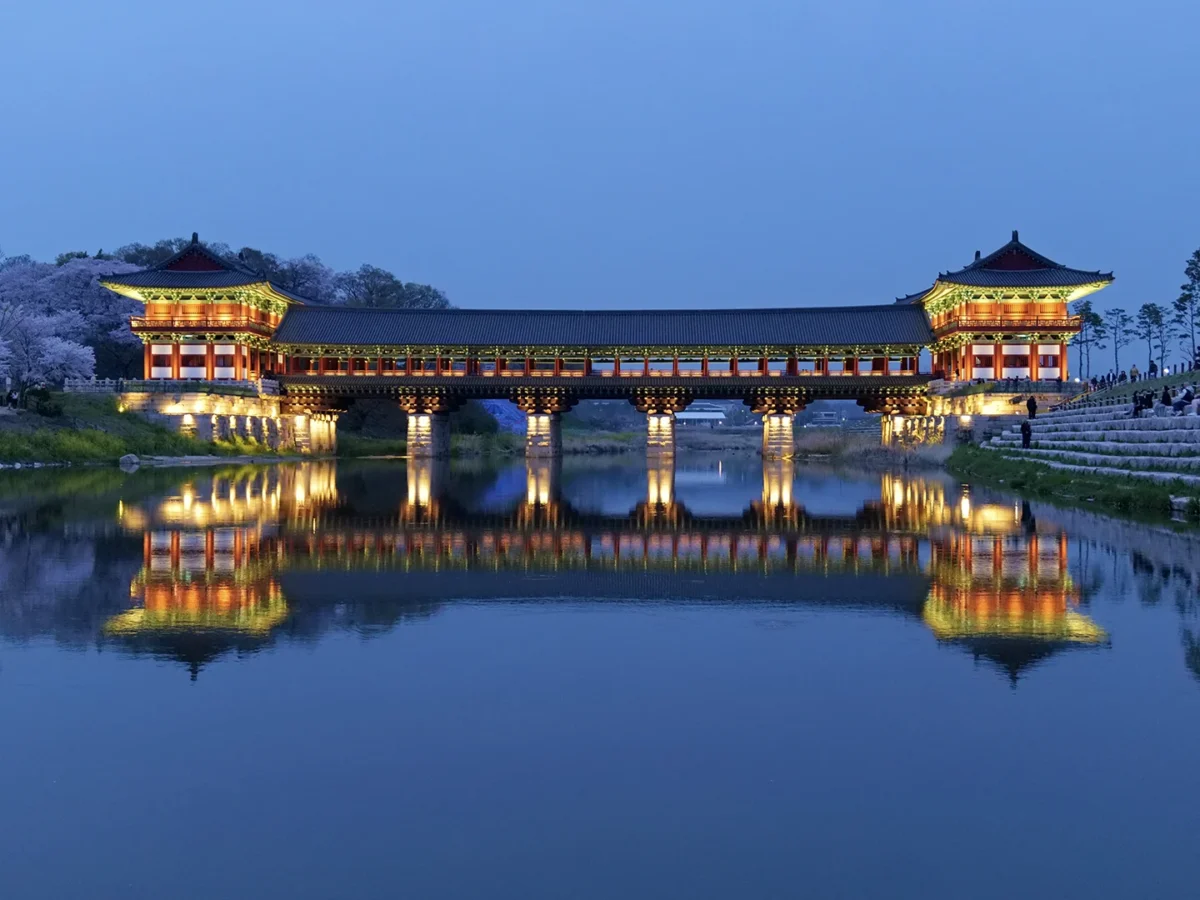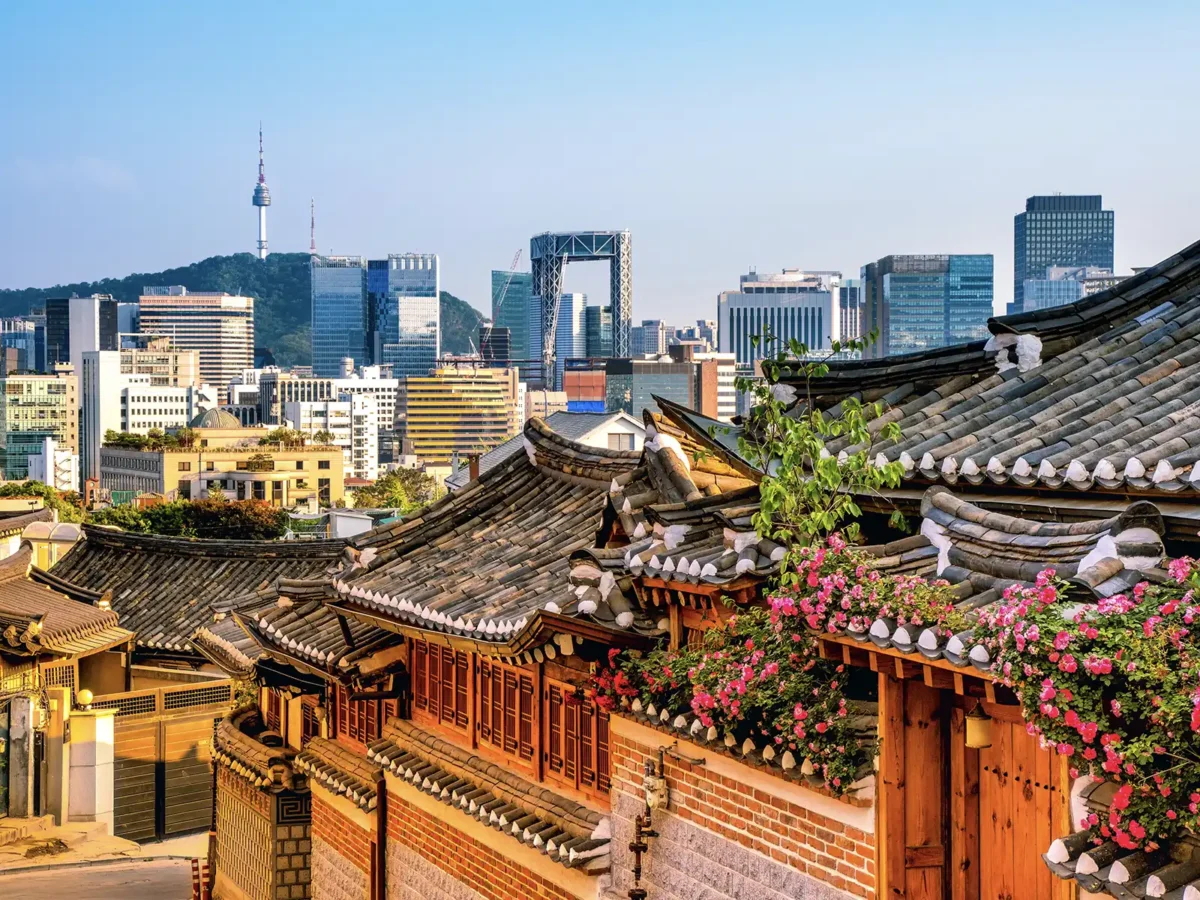25 Fun & Interesting Facts About Japan You Didn’t Know
This post may contain affiliate links, including from Amazon and other trusted partners. If you click a link and make a purchase, we may earn a small commission at no extra cost to you. That said, we only recommend products and services we genuinely use and love. Learn more in our Privacy Policy page.
Looking for fun and interesting facts about Japan? Here’s a list of 25 unique facts you should know, whether you’re planning a visit or just curious.
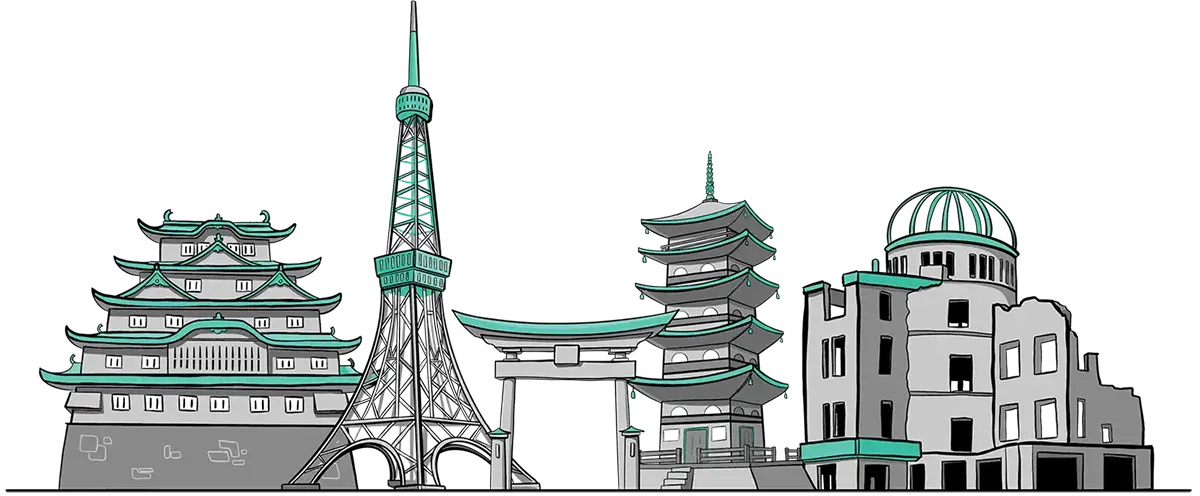
If you’re looking for a travel destination that’s packed with culture and a few surprises along the way, Japan is a brilliant choice. We’ve been a few times now, and each visit leaves us even more fascinated by the country’s mix of tradition, everyday customs and little quirks.
In this post, we’ve put together 25 fun and interesting facts about Japan. A few of them would have definitely come in handy on our first trip. Hopefully, these will spark some curiosity and help you feel a bit more prepared for your own adventure in Japan.
1. Japan has the highest density of vending machines.
When you arrive in Japan, you’ll quickly notice the huge number of vending machines on nearly every street corner.
With about 3.97 million machines, Japan has one vending machine for every 32 people, according to the Japan Vending Machine Manufacturers Association. This makes Japan the leader in vending machine density globally.

These machines offer everything from drinks and ice cream to umbrellas and pizza.
Japan’s vending machines reflect the country’s focus on convenience. They allow people to grab what they need quickly and easily. This impressive vending machine ratio is definitely one of the most interesting fun facts about Japan!
2. There are three distinct writing systems.
The Japanese language uses three writing systems: Kanji, Hiragana, and Katakana. Unlike English, which uses a single alphabet (Latin/Roman), Japanese writing combines all three systems.
Here’s a quick look at each:
- Kanji (漢字): These are Chinese characters used to represent ideas or concepts. For example, the Kanji character 国 means “country,” and 女 means “woman.” There are about 50,000 Kanji characters, though only a few thousand are commonly used.
- Hiragana (ひらがな): This is a phonetic script used for native Japanese words and grammar particles. Hiragana has 46 basic characters, each representing a specific sound.
- Katakana (カタカナ): Also a phonetic script with 46 characters, Katakana is used for foreign loanwords, scientific terms, and emphasis. It’s similar to how we use the Latin/Roman alphabet in English.

3. Japan is a tech hub with a foot in the past.
At first glance, Japan might seem like a cutting-edge tech hub, with its advanced robotics and futuristic gadgets. However, an interesting fact about Japan is that it also holds onto many older technologies.
When you take the subway in Tokyo, you’ll notice people using very old mobile phones. And some offices have decade-old computers and still use fax machines.
Many services in Japan require paperwork to be submitted by mail, and traditional personal stamps called “hanko” are used for authentication at banks and real estate agencies.

Even though digital payments and credit cards are becoming more common, cash remains the preferred method in many shops and restaurants.
This mix of modern and traditional reflects Japan’s respect for its past, with older technologies still valued for their reliability.
4. Tattoos have a complicated history in Japan.
In many cultures, tattoos are a form of art and self-expression, but they have a different meaning in Japan.
Traditionally, tattoos were linked to organised crime and the yakuza (Japanese mafia). Although attitudes are slowly changing, many public places in Japan, like hot springs (onsens), swimming pools, and traditional inns (ryokans), still restrict entry for people with visible tattoos.

In Japan, exposed tattoos are rare, and many people cover them up due to social norms. Only about 1.4 million Japanese adults have tattoos, or roughly 1.1% of the population. This is much lower than 26% of the British public and 30% of Americans.
If you have a tattoo, you can still visit Japan. Just make sure to research the rules of the places you plan to go to ensure a smooth and enjoyable trip.
5. Japan consists of over 14,000 islands.
Japan is an island nation made up of 14,125 islands in total. While it might seem like a lot, only about 260 are inhabited.

The main islands of Japan are Honshu, Hokkaido, Kyushu, and Shikoku:
- Honshu – The largest island, making up about 60% of Japan’s land area. It’s home to major cities like Tokyo and Osaka.
- Hokkaido – The second-largest island, covering around 22% of Japan’s land area. It’s known for its natural beauty and cold winters.
- Kyushu – The third-largest island, accounting for about 11% of the land area. It has a warmer climate and active volcanoes.
- Shikoku – The smallest of the four main islands, contributing about 4% of the land area. It’s famous for its pilgrimage routes and rural landscapes.
These, along with thousands of smaller islands, form the Archipelago of Japan (meaning Japan’s group of islands). They’re scattered across the Sea of Japan, the Pacific Ocean, the Sea of Okhotsk, and the East China Sea.
6. You can leave your valuables unattended with confidence.
According to the Institute for Economics and Peace (IEP), Japan is the 17th safest country globally. It’s known for its low crime rates.
It’s common to see people leaving their belongings unattended in places like cafés and restaurants. For example, at a Starbucks in Tokyo, we saw people leave their laptops, smartphones, and bags on tables while they went to the bathroom, and they found them still there when they returned.

This trust and respect for others’ property show just how safe and honest Japan is so that you can travel there with peace of mind.
7. Japan experiences a monthly average of 84 earthquakes.
Japan is known for its seismic activity due to its location on the Pacific Ring of Fire, where four tectonic plates meet. This makes Japan one of the most earthquake-prone places in the world.
The country also has active volcanoes, including Mount Fuji, the tallest mountain and an iconic symbol of Japan.

Most earthquakes in Japan are minor and barely felt. Over the past decade, Japan had 10,125 earthquakes with a magnitude of four or above (4 is considered ‘light and felt’, but rarely causing damage), averaging about one earthquake every 8 hours.
Despite this, Japan is well-prepared with earthquake-resistant buildings, a strong disaster management system, real-time alerts, and regular drills. You can travel there with confidence, knowing Japan’s robust safety measures are in place.
8. Manhole covers are works of art.
Another one of Japan’s interesting facts is its manhole covers (or utility hole covers). Instead of boring old covers, Japan has turned them into mini works of art! As you explore Japan, be sure to look down at the manhole covers on the streets.


Each city has its own artistic covers that reflect local culture and history. You might see designs featuring majestic castles, mythical creatures, or cherry blossoms.
These covers are a great example of Japan’s love for creativity and aesthetics.
9. Japan has a soft spot for cars resembling shoe boxes.
One of the interesting facts about Japan is its love for “kei cars”, which are compact, boxy vehicles. These cars are the smallest passenger cars allowed on the roads, with specific size and engine limits.


Often called “shoeboxes on wheels,” kei cars are popular in busy cities because their small size makes them easy to park and navigate through narrow streets.
An impressive 34% of all cars in Japan were kei cars, so you’ll see plenty of them while exploring the country.
10. The country is totally obsessed with cute things.
The concept of “cuteness” is a big part of Japanese culture. From characters like Hello Kitty and Pikachu to Lolita fashion, “kawaii” (which means cute or adorable) is everywhere!


When you visit Japan, you’ll see the kawaii culture in many places, including ads on public transport, food packaging, mascots, toys, and even in people’s personal appearances.
Even the souvenirs in Japan get the kawaii treatment, making everyday things feel a little more fun.
11. Japanese trains are one of the most punctual in the world.
Japan is known for its efficient public transportation system, including its famous Shinkansen bullet trains (high-speed trains).
Japanese trains are very punctual, with average delays of less than one minute each year! In 2017, a Japanese railway company made headlines after apologising for the “severe inconvenience” of sending a train off 20 seconds early.
Whether it’s rush hour or not, you can rely on Japanese trains to run on time.
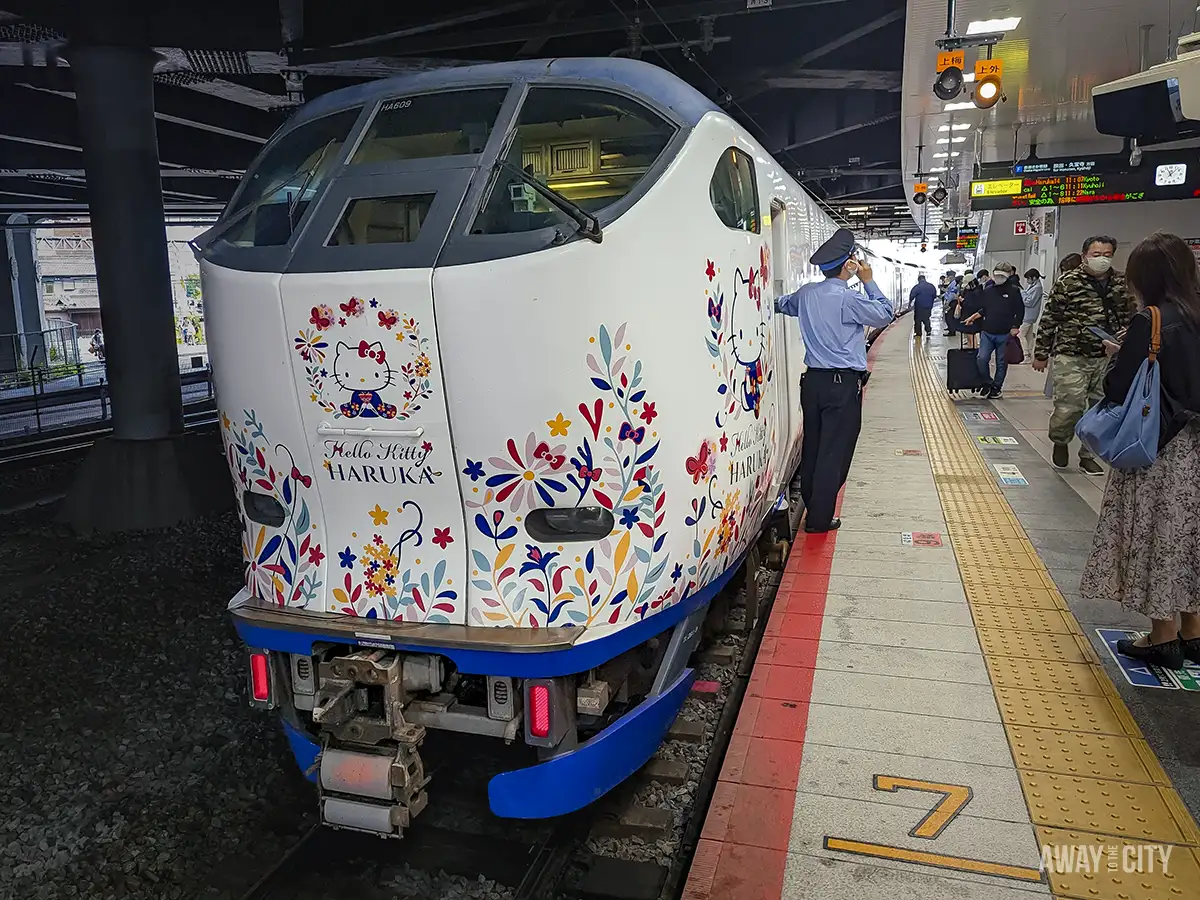
12. Eating or drinking while walking is a cultural no-go.
Unlike Western countries, where people often eat or drink while walking, it’s rare in Japan. Japanese people usually prefer to eat in a proper place.
It’s seen as rude to eat or drink on the go. This might sound strange at first, but it’s actually part of Japan’s culture of respect for others and enjoying food slowly.
For example, when Japanese people buy snacks or drinks from a vending machine, they often eat or drink them at the spot or take them home. Understanding this aspect of Japan’s culture can help you fit in better during your visit.
13. Japan’s immigration rate is exceptionally low.
Japan has a very low immigration rate. According to 2018 census data, 97.6% of the population is ethnic Japanese.
This low level of immigration has contributed to their culture staying pretty much the same for a long time. The country values its traditions and works hard to preserve its unique way of life.
14. Sumo wrestling is Japan’s national sport.
Sumo wrestling has a long tradition in Japanese culture. In sumo, wrestlers compete to push each other out of a ring or make their opponent touch the ground.
The sport includes elaborate rituals and ceremonies rooted in Shinto traditions, with origins dating back over 1,500 years.

If you’re lucky enough to visit Japan, make sure to book a sumo experience to see sumo wrestlers train and learn about their lives. It’s a unique chance to experience this ancient tradition up close.
![]() You can check the availability and pricing of sumo experiences here.
You can check the availability and pricing of sumo experiences here.
15. Public trash bins are a rare sight.
You’ll likely be surprised by how few public trash bins there are in Japan. Despite this, the country remains incredibly clean.
This is due to Japanese culture, where people take responsibility for their own trash and carry it with them until they get home. Smokers even use personal pocket ashtrays.
When visiting Japan, it’s a good idea to always carry a small plastic bag with you to hold your trash. If you’re eagerly looking for one, you’ll typically find bins in public parks, train stations, and public restrooms.
This is one of the more interesting fun facts about Japan, and it’s something we noticed even at a world event like the Expo 2025 in Osaka, where bin availability was limited despite the scale of the event.
16. Removing your shoes is a sign of respect.
In Japan, it’s really important to take off your shoes before entering private homes, and in some restaurants, temples, castles, tea rooms, and shrines.
For example, when we visited Himeji Castle, we had to walk around in socks or barefoot.
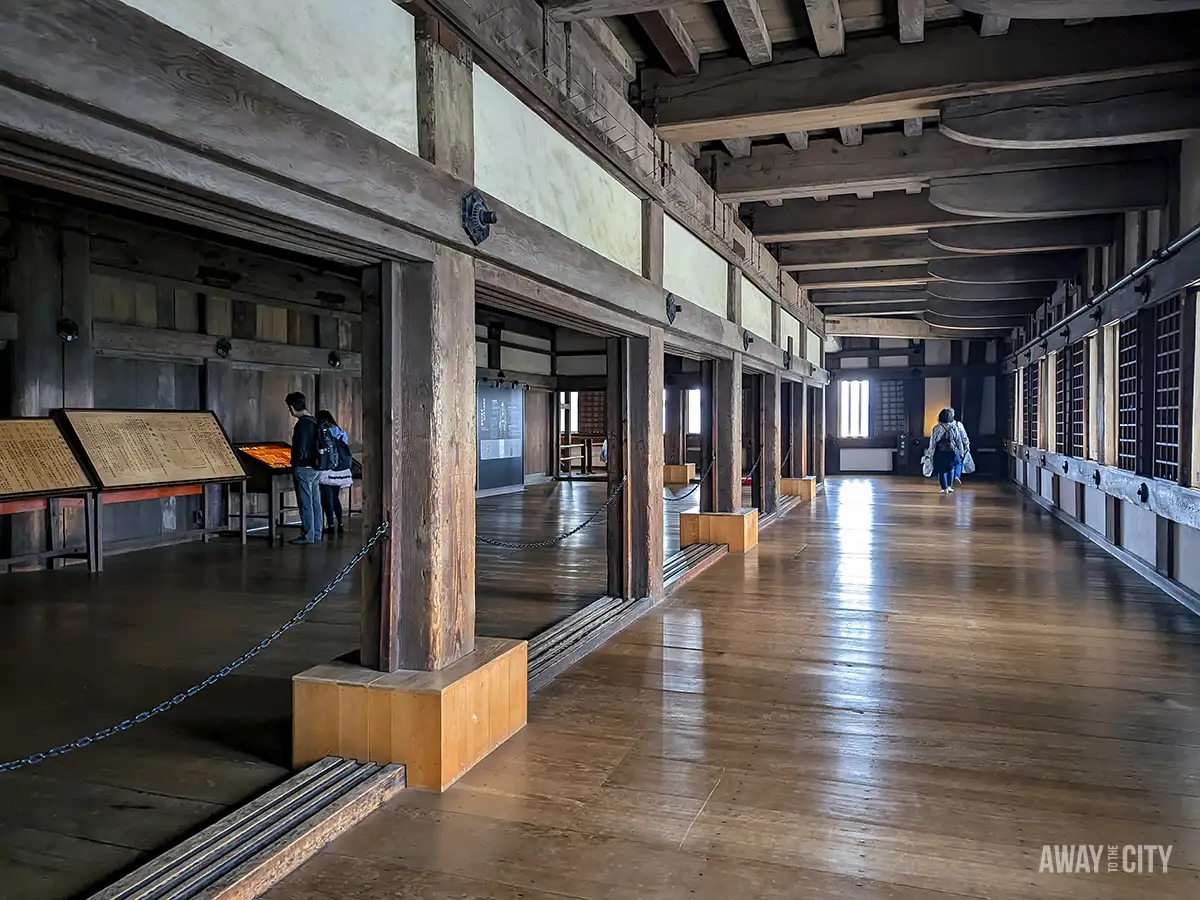
This custom comes from Japan’s tradition of eating and sleeping on tatami mats that are close to the floor. By removing shoes at the door, people keep their homes clean and show respect for their living space and the people in it.
17. Japanese people have the third highest life expectancy in the world.
According to data from the United Nations, Japan ranks third in life expectancy, just behind Hong Kong and Macao. On average, people in Japan live to about 85 years, compared to the global average of 73 years.

This high life expectancy is often attributed to a healthy diet and an active lifestyle, whether through daily activities or regular exercise.
Moreover, Japan places a strong emphasis on healthcare and preventive measures. Cultural practices such as regular health check-ups and a strong sense of community also play a role.
18. Bowing is the customary greeting in Japan.
In Japan, people use bowing as the main way to greet each other rather than handshakes.
Bowing is a sign of good manners and respect, and how you bow can vary depending on the situation and who you interact with.
Interestingly, in Nara, even the deer bow to visitors, showing just how important this gesture is in Japanese culture.
19. Japanese citizens value quiet.
In Japan, people place great importance on being considerate in public spaces.
Conversations on trains and buses are usually kept quiet, and there are reminders to keep phones on silent. It’s uncommon to see people talking on their phones in cafés or restaurants. It shows that you respect the people around you.
So, if you visit Japan, you might notice how calm and peaceful everything feels.
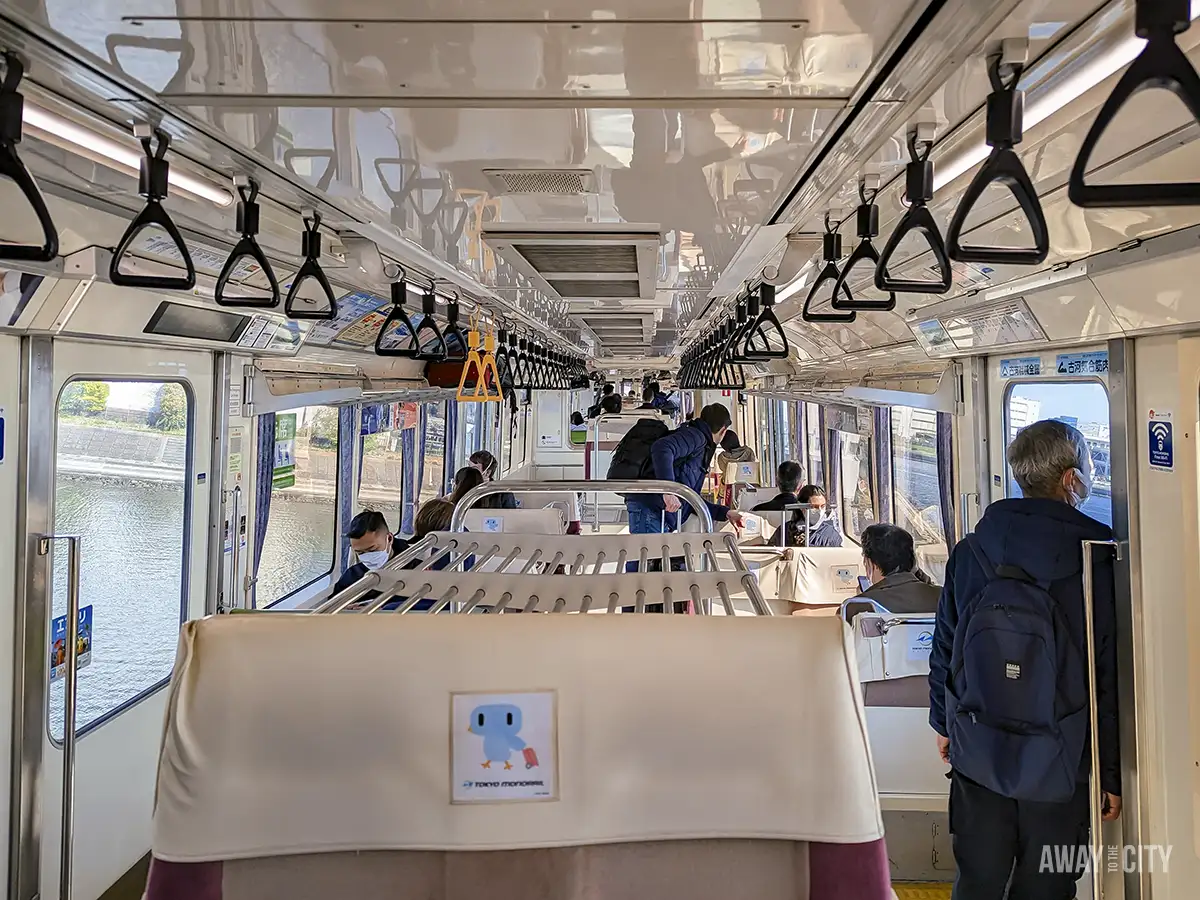
20. The number four is considered unlucky.
In Japan, the number four is seen as unlucky because it sounds like the word for “death” in Japanese.
This superstition affects daily life. You might notice that some buildings don’t have a fourth floor, and hotels often skip room number four with “3A” to avoid bad luck.
It’s a really interesting part of Japanese culture!

21. Japanese avoid blowing their nose in public.
Did you know that blowing your nose in public is considered impolite? It might sound strange, but it’s true!
Instead, people discreetly wipe their noses to show respect for others. Blowing your nose loudly can make others uncomfortable and draw unwanted attention.
Sniffling is fine, though, so feel free to do that as needed. If you really need to blow your nose, try to do it quietly and privately. It’s one of those interesting facts that many people don’t know about Japan.
22. Slurping your noodles is a compliment.
In Japan, slurping your noodles is actually a good thing, but it might surprise you if you’re used to Western dining manners.
Far from being rude, slurping is even encouraged. It shows you’re enjoying your meal and appreciating the cook’s efforts. It also helps you eat the noodles while they’re still hot and enhances their flavour.
This is one of the interesting facts about Japanese cuisine that makes dining in Japan a unique experience!

23. Japan’s capital city is the world’s most populous metropolitan city.
Tokyo, Japan’s capital city, is the largest city and the most populous metropolitan area in the world.
Tokyo itself has over 14 million residents. When you include the Greater Tokyo Area, which covers Tokyo and six surrounding prefectures, the population reaches about 37 million.
This makes it a major city with the highest number of people in the world.
24. Public restrooms are impressively clean and luxurious.
Japan’s public bathrooms are super clean and often have fancy features like heated seats, high-tech bidets, and soothing music to ensure privacy.
You’ll find these modern Japanese toilets not just in fancy places but also in train stations, parks, and even in less populated areas.
It’s one of those funny facts about Japan that travellers often find surprising and unexpected – we surely did!
25. Japan has 26 UNESCO World Heritage Sites.
Japan has a whopping 26 places considered so unique and important they’re on the UNESCO list, reflecting the country’s rich cultural heritage.
These places include stunning Shinto shrines, ancient Buddhist temples, and beautifully preserved historic castles.
Notable sites are Mount Fuji, the historic city of Kyoto, and Himeji Castle.

Wrap-Up
We hope these 25 fun and interesting facts have sparked your curiosity about Japan. We’re excited for you to experience the beauty and rich culture of the Land of the Rising Sun firsthand!
🇯🇵 Plan Your Japan Trip with Our Guides
📍 Japan Essentials
📍 Tokyo
📍 Osaka



